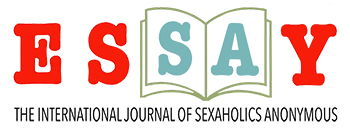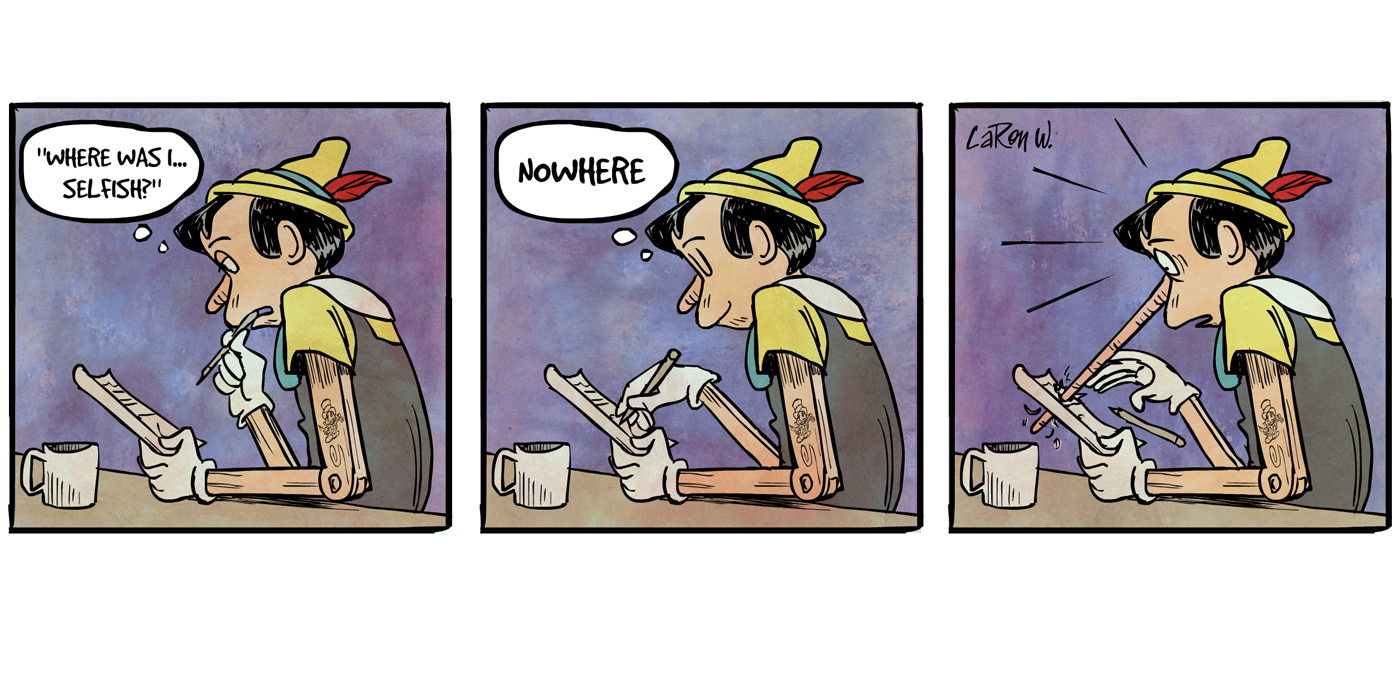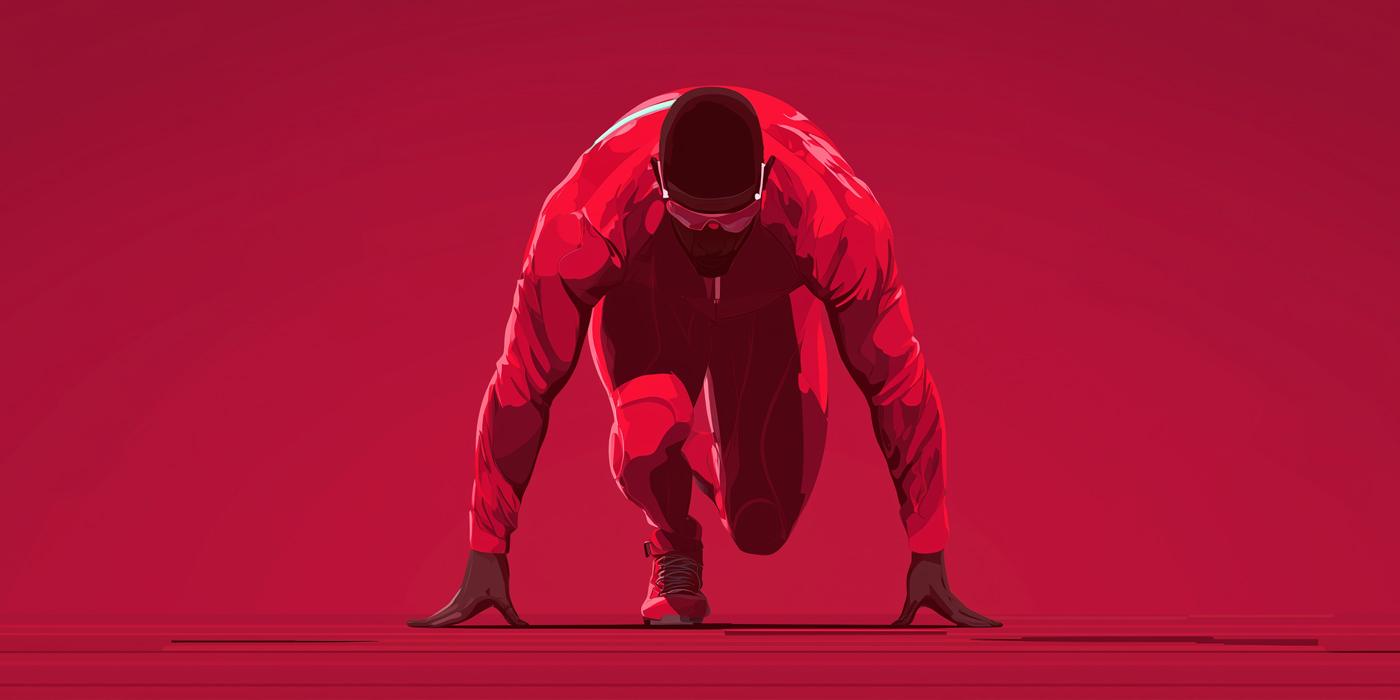
Seeing My Part Without Taking Blame
Step Four was eye-opening for me. It was also hard to look at, written on paper, what I had done and who I was. I just didn’t want to be that person anymore.
I hadn’t really considered or wanted to look at myself like this. I had spent so much time focusing on what everyone else had done wrong to me. That’s all I had been able to see for a very long time.
But when I read Step Four with my sponsor and followed his wise direction to write out all of my resentments, I started to see things differently. I also wrote out the cause of each resentment and how I had been affected.
My sponsor’s next instruction caught me by surprise. He told me to go back, look at every single resentment, and find my dishonesty in it. What? I really thought I had been completely truthful in what I had written.
But as I looked at them one by one, I became truly amazed. I had played my own part in every one of them in some way.
Here’s one example. When I was a boy, I was sexually assaulted by a married couple who used me over many years. I carried shame and anger all my life and never told a soul until I was 48 years old. They did this to me. I did nothing wrong!
As I looked at it more carefully, I saw that though I was by no means in the wrong, I had still played a part. For example, I didn’t have to keep going back to their house (I worked for them, cutting their grass). That’s when my eyes opened. I wasn’t to blame; it was just my part in it. Although I was wrong in many instances, recognizing my part in something didn’t have to mean I was automatically at fault.
For each resentment on my list, I began looking for where I was responsible. For instances where I had committed no wrong, I merely identified any part I had played. By doing this all the way down my list, I realized that much of the anger, blaming, and resentment I had toward people on my list was misplaced.
It wasn’t about them. It was about me and what I needed to do to cut it loose. This issue of who was at fault simply didn’t fit into this equation.
Then my sponsor had me move on to my fears. As we talked about them one by one, I realized I had nothing to fear at all. It was all in my head—just another excuse my disease used to keep me acting out.
Next, we looked at my sexual conduct. So many women and men on this list! And I was emotionally attached to most of them.
It was amazing to me how often I had used others simply for my own benefit.
I became aware of where I actually was at fault—my dishonesty, my hurtful actions, my selfish behaviors. But I also became aware of what I could have done differently. That was a big deal for me. I had always been right—never wrong about anything. Or so I thought.
My wife used to say I always came at her like a dirty old man. I never understood what she meant. In fact, I got very angry when she said this. But after I got sober and worked Step Four, I finally saw it. My thinking had been all wrong. This was another instance where the problem was me—not someone else.
By the end of Step Four, I understood more about myself than ever before.
I wrote out a prayer that I keep with me and say every morning: “God, help me be a better person today than yesterday. Show me how I can be of service to someone.” This prayer helps me every time I ask it sincerely.
The truth still hurts me at times, but it always sets me free from the prison my addiction wants me to stay in.
Lloyd A., West Virginia, USA






